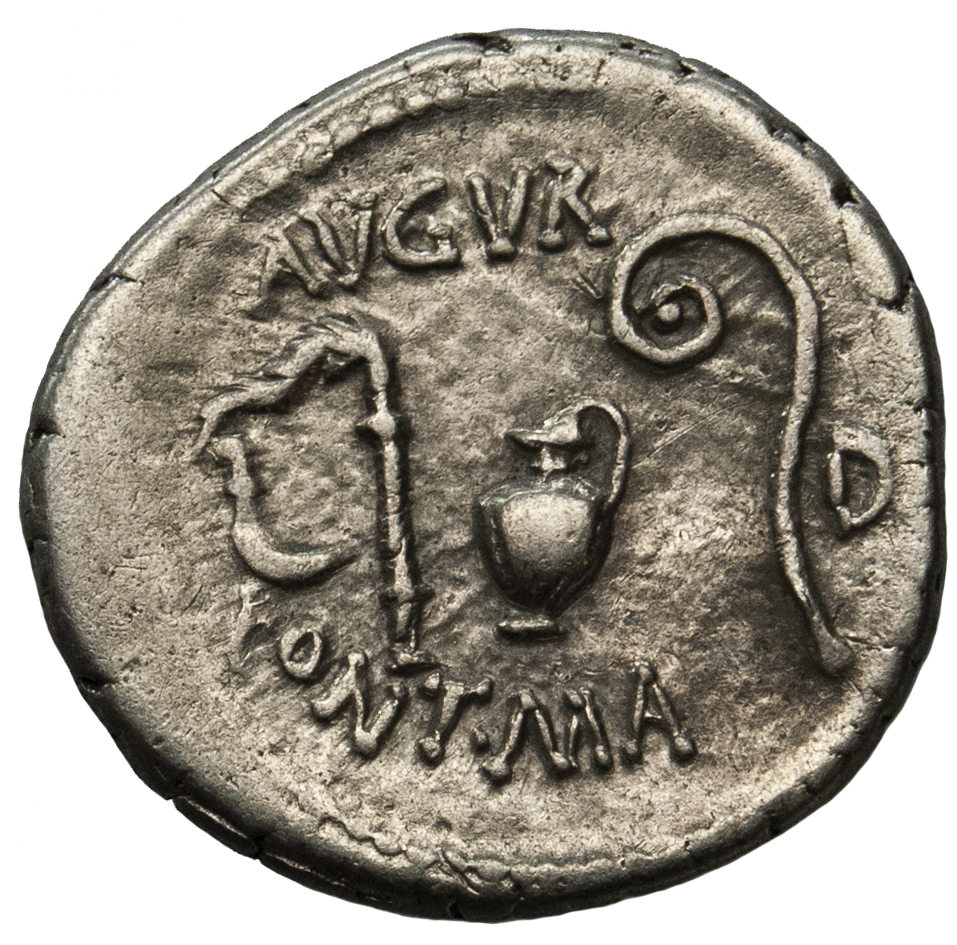

Author Barry Straus in his book The War That Made The Roman Empire says despite having more funds, troops, and provisions, Brutus lost the civil war.īeing that the coins represented the loser and murderer of Caesar, Octavian and Antony had the coins melted down. While the silver coins were used to pay the common soldiers, the gold versions were awarded to prestigious officers. The imperator gained the gold and silver by looting provinces of their funds destined for Rome. The coins themselves were created to pay soldiers fighting for Brutus and his allies against Mark Antony and Octavian. Eid Mar coins were both minted in silver ( denarii) and gold (aurei).

An “IMP,” which means imperator or commander is also clearly visible. The front of the coin shows a depiction of Marcus Brutus, along with the name of the official that minted the coin. The differing hilts may also mean they’re representations of the actual daggers used to kill Caesar. So, not a common blade one wielded with power. The Professor also notes a line down the center of the blade, showing added strength. One wonders if the conspirators also used this trick of language to make their deed look more noble. In many of the ancient records of the assassination, the words dagger and sword are used interchangeably. However, swords are more celebrated as a soldier’s tool, while daggers are concealed. Grout also explains in Greek the word dagger is often interchangeable with sword. The Eid Mar is an amazing example of this.īut before we get to this final lesson, we need to examine the coin itself and the amazing period of history surrounding it before we can truly understand its value for our time.Įid Mar Denarius (silver)- By Classical Numismatic Group Via Wikimedia Commons In many ways, it’s a direct reflection on what’s valued. To have a coin that commemorates such a well-known event, such a famous event, an event that has changed completely the course of history is quite extraordinary.”īeyond being a means of currency, coinage can also be a window into a society. So, this coin is a celebration of one of the most pivotal events in Roman history, from the opposite side of the aisle - the pro-republic side that wanted Julius Caesar dead.Īccording to Arturo Russo, managing director of the auction house Roma Numisimatics, “It’s priceless, but it still has a price tag. Plus, Eid Mar ( Eidibus Martiis) is short for the Ides of March, or the death day for Julius Caesar. The man represented on the coin is Marcus Junius Brutus. It’s the version which is rarely told, cause the faction telling the story lost the conflict. To truly understand its worth, one must dive into the coin’s what, why, and who.Ĭalled the “ Eid Mar,” it’s a time machine back to one of the most chaotic periods of ancient Rome, the transfer between republic to empire. That much for a coin? What could ever possess someone to pay that much for a single coin smaller than a quarter? While made of gold, its value goes beyond the metal. A certain gold Roman coin was to be transferred for the amazing sum of 2.7 million pounds ( 3.3 million dollars). But for the coin-collecting world, it was one that would go down in the record books. October 30,2020 may not have been a memorable day for most. Life And Death of Julius Caesar ( Act I, Scene II), William Shakespeare “And in this wise he was stabbed with three and twenty wounds, uttering not a word, but merely a groan at the first stroke, though some have written that when Marcus Brutus rushed at him, he said in Greek, ‘You too, my child?’” Golden Eid Mar From Roma Numismatics Auction XX - Via


 0 kommentar(er)
0 kommentar(er)
